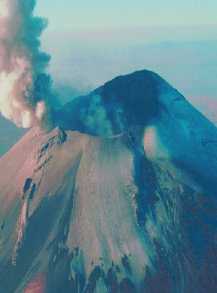Some igneous rocks form from volcanic lava.
Click on image for full size
Courtesy of USGS
Igneous Rocks
Igneous rocks form when molten rock cools and becomes solid. Molten rock is called magma when it is below the Earth’s surface and lava when it is above.
Sometimes magma pushes up through cracks to the surface of the Earth. It cools and becomes a volcanic rock. Basalt is the most common type of volcanic rock. It makes up most of the rocks on the ocean floor.
Other times, magma cools when it’s deep underground. This forms a different type of igneous rock called a plutonic rock. Plutonic rocks usually have large crystals. Granite is a type of plutonic rock that you are likely to find.
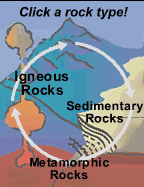
Last modified June 17, 2003 by Lisa Gardiner.
You might also be interested in:
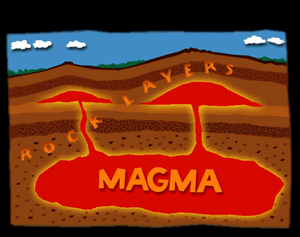
Pretend that you are an explorer traveling to the center of the Earth. You would find that the deeper you travel, the hotter it gets! Beneath the crust, in the mantle layer, it is hot enough that rock
...more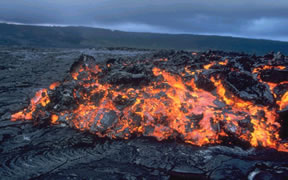
Basalt is volcanic rock. It is the most common type of rock in the Earth's crust and it makes up most of the ocean floor. It forms when lava reaches the Earth's surface at a volcano or mid ocean ridge.
...more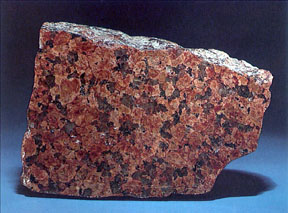
Granite is a common type of igneous rock. Look at it closely and you can see small white, pink, and black crystals. Some granite has tons of pink crystals and some has more white ones. Click on the picture
...more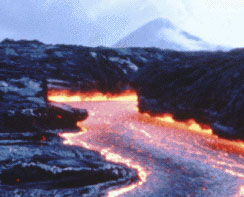
Earth's surface was still very hot at this time, like a bubbling pot, and there was a lot of volcanic activity. Thus the surface of the Earth was covered with igneous rocks, there was no ocean, and no
...more
The Archean is the name of the age which began with the forming Earth. This period of Earth's history lasted a long time, 2.8 billion years! That is more than half the expected age of the Earth! And no
...more
We all know that today ocean waters are very salty. There aren't many sedimentary rocks older than 2.5 billion years (see geologic time) that means that there must have been mostly igneous rocks at the
...more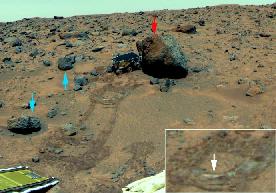
Even though the rocks seem to be much the same, scientists can see three basic differences in these rocks. The three classes are: dark, bright, redder than the dark rock, but not at red as pink pink, perhaps
...more



